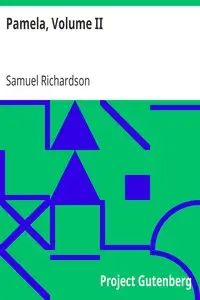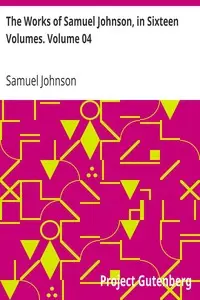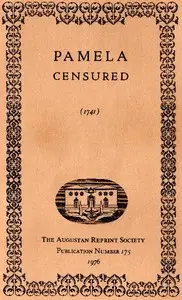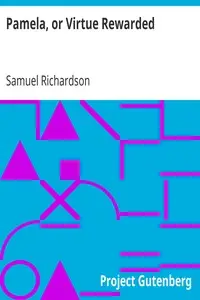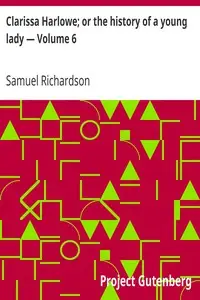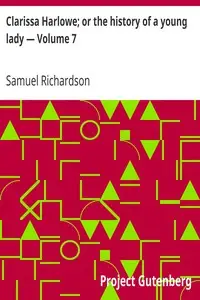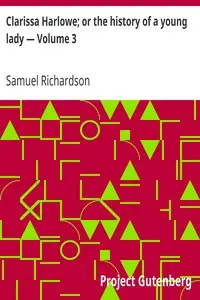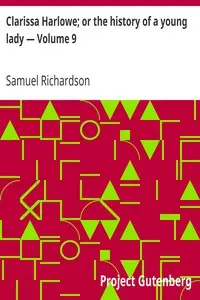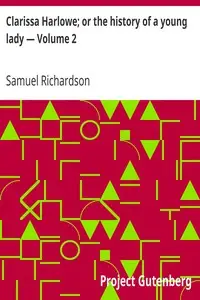"Samuel Richardson's Introduction to Pamela" by Samuel Richardson is an early 18th-century literary piece that prefaces the novel "Pamela, or Virtue Rewarded," using letters and moral discussions to explore virtue, morality, and societal challenges. Richardson shares responses to "Pamela," showcasing praise and criticism regarding the moral story of a servant girl named Pamela that resists her master's advances while staying true to her virtue. Through these letters, Richardson highlights the book's purpose to boost virtue while also providing a moral example for young men and women in society to follow. In this context, social class, the meaning of virtue, and the responsibility of authors and readers in creating moral values are explored. Richardson's introduction defends his work, and it also serves as a wide-ranging discussion on literature's influence in shaping character and virtue.
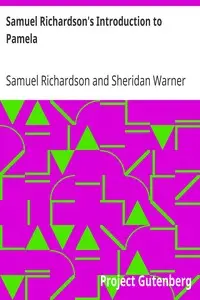
Samuel Richardson's Introduction to Pamela
By Samuel Richardson
Discover how a virtuous servant girl's story sparked both admiration and controversy, igniting a debate about morality, class, and the power of literature to shape society.
Summary
About the AuthorSamuel Richardson was an English writer and printer known for three epistolary novels: Pamela; or, Virtue Rewarded (1740), Clarissa: Or the History of a Young Lady (1748) and The History of Sir Charles Grandison (1753). He printed almost 500 works, including journals and magazines, working periodically with the London bookseller Andrew Millar. Richardson had been apprenticed to a printer, whose daughter he eventually married. He lost her along with their six children, but remarried and had six more children, of whom four daughters reached adulthood, leaving no male heirs to continue the print shop. As it ran down, he wrote his first novel at the age of 51 and joined the admired writers of his day. Leading acquaintances included Samuel Johnson and Sarah Fielding, the physician and Behmenist George Cheyne, and the theologian and writer William Law, whose books he printed. At Law's request, Richardson printed some poems by John Byrom. In literature, he rivalled Henry Fielding; the two responded to each other's literary styles.
Samuel Richardson was an English writer and printer known for three epistolary novels: Pamela; or, Virtue Rewarded (1740), Clarissa: Or the History of a Young Lady (1748) and The History of Sir Charles Grandison (1753). He printed almost 500 works, including journals and magazines, working periodically with the London bookseller Andrew Millar. Richardson had been apprenticed to a printer, whose daughter he eventually married. He lost her along with their six children, but remarried and had six more children, of whom four daughters reached adulthood, leaving no male heirs to continue the print shop. As it ran down, he wrote his first novel at the age of 51 and joined the admired writers of his day. Leading acquaintances included Samuel Johnson and Sarah Fielding, the physician and Behmenist George Cheyne, and the theologian and writer William Law, whose books he printed. At Law's request, Richardson printed some poems by John Byrom. In literature, he rivalled Henry Fielding; the two responded to each other's literary styles.

